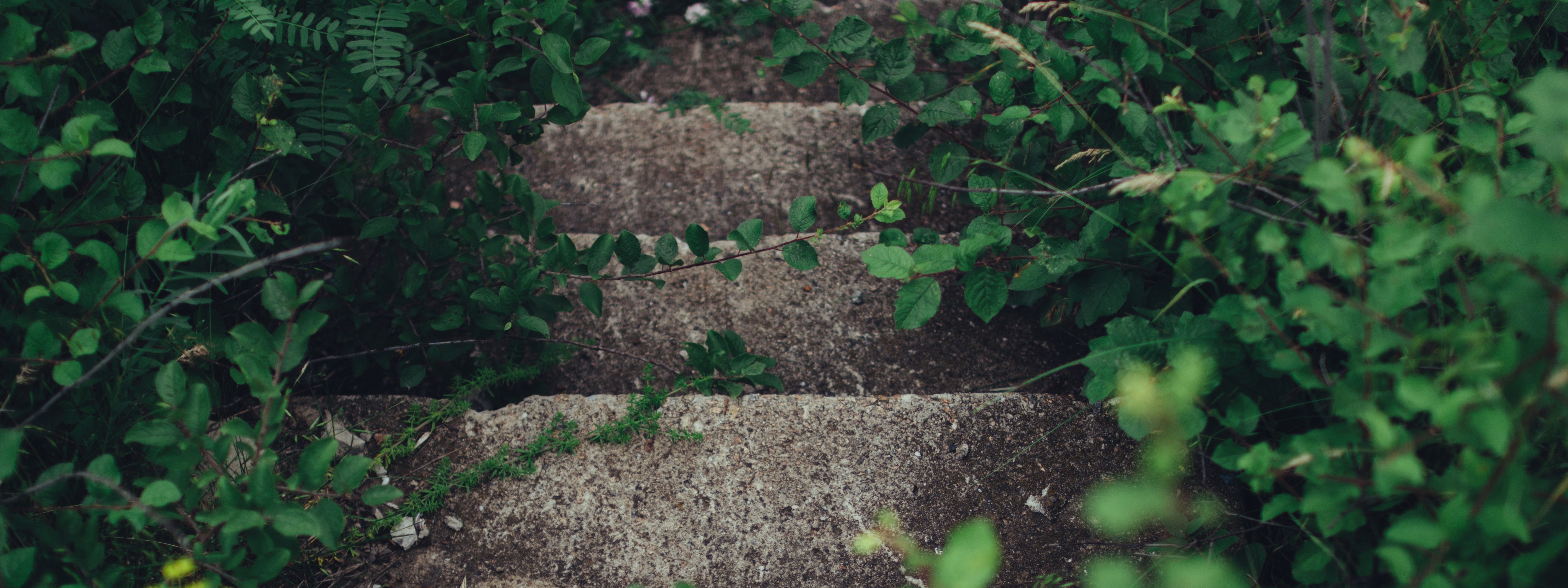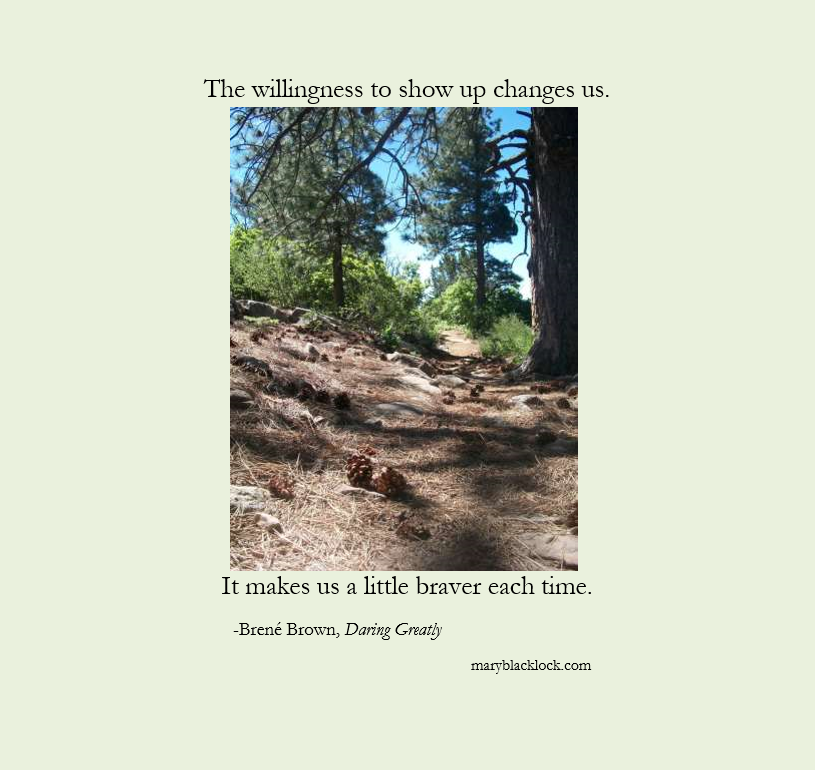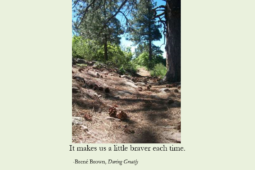Do we know how to handle fear? Do we really understand what our fears are telling us? Can we use our fears to promote growth and courage? These are topics that Kate Swoboda, author of The Courage Habit, writes and speaks about.
Courage Habits versus Fear-Based Habits
The Courage Habit, as outlined by Kate, includes 4 researched behaviors, which I will outline below. I came across this information as she spoke about it on a podcast interview by Jenny Blake of the Pivot Podcast. The researched behaviors were found to increase confidence and bring about positive changes in behaviors.
If we know what these courage habit behaviors are we can stop ourselves while in the midst of fear-based behaviors. We can break free from acting out of habits that place fear at the center of our attention and instead engage in habits that build courage.
Ways that we handle fear that puts fear at the center of our attention
Kate Swoboda identifies 3 common ways we handle fear:
- Ignore/avoid
- Please it/placate it
- Attack it
The problem that Kate identifies is that we aren’t actually handling our fears and getting to the root of the problem when we handle fear in any of these ways.
I’ve run across these methods for handling fear in my own journey. I’ve given into my fear. I’ve tried to ignore my fear. I’ve found that some people in the personal development world suggest I attack my fears.
Yet Kate is right. When we handle our fears in these ways, we aren’t getting to the root of the problem.
All of the above methods for handling fear place fear at the center of our attention. We’re acting in response to our fear, not using our fear to promote growth or courage.
Kate Swoboda suggests that we instead embrace the courage habit.
What is the courage habit?
4 behaviors that make up the courage habit:
- Accessing the body
- Listening without attachment
- Reframing limiting stories
- Reaching out to create community
In the podcast explanation of these behaviors, Kate explained that accessing the body looks like noticing what your fear feels like and where you feel that fear. Listening without attachment and reframing limiting stories work together. Give your fear a voice, listen to it, but don’t hold on to the story that it’s telling you.
Reframing limiting stories might sound familiar as I wrote about reframing limiting beliefs here. It’s the same idea applied to working through your fears.
Here’s what really struck me about Kate’s call for reaching out to create community as a behavior that develops courage. She said that if we hideaway and don’t show ourselves -as we are- to others, that we can stop trusting ourselves in the process. It can become more difficult to bring others into our lives. That is a powerful way to look at the importance for cultivating relationships with those around us.
How to handle fear by developing a courage habit
After listening to the Kate Swoboda interview with Jenny Blake, I am interested in reading Kate’s book The Courage Habit and learning more.
Have you read the Courage Habit?
Which courage habit behavior comes easiest to you?
Which behavior is the most difficult?
Behavior Challenge: Learning about our fears.
Notice in what situations you feel fear. Write down the types of situations or circumstances where you feel fear.
This might typically be the time where you give yourself a hard time for being afraid of this or that, but think of it as research. If you know what situations or circumstances trigger your fear, you prepare yourself for the next time you are faced with that fear.
If you want to hear more from Kate Swoboda, listen to the podcast here: Cultivate a Courage Habit with Kate Swoboda.
Other posts on podcasts: How do you know you made the right decision?



 One behavior change at a time.
One behavior change at a time.







Recent Comments